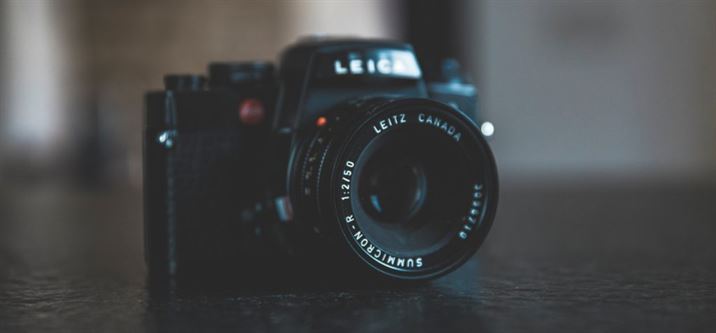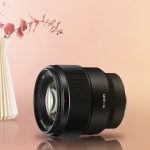
There are generally two camps in the photography, those that take the hobby seriously or even professionally and opt for DSLR or mirrorless interchangeable lens cameras, or those who just want to take some pictures from time to time will use point-and-shoot cameras, without wanting to bother with controls and lenses. There is also a large price gap between the two categories, as most of the point-and-shoot models are significantly cheaper than DSLR models, without bringing the lenses into the equation that is. Some people may ask if there is a third option, something in the middle offering the best of both worlds, and if there is something marketed, does it deliver on its premise. Well, yes there is a type of camera fitting the description, bridge cameras.
Bridge cameras, as their name implies were designed and manufactured to be a bridge between two categories, but how are they different from a point-and-shoot or a DSLR. Well, the answer is a little complicated but I’ll try to explain it in a very simple manner, state the pros and cons of a bridge camera, and answer whether this is the right choice for you.
Simply explained bridge cameras work like a normal mirrorless or a point-and-shoot camera without employing a reflex mirror, however, they don’t employ interchangeable lenses, instead, they are equipped with just one lens that delivers plenty of versatility. Since they do not have a reflex mirror, they do not use an optical viewfinder, in low-end models you just get the LiveView from the LCD screen in the back, but most of the time they adopt electronic viewfinders.
They were generally regarded as point-and-shoot cameras with plenty of zooms, however, they were very behind in the sensor department, and the quality was pretty mediocre. In recent years, manufacturers have equipped these cameras with larger sensors, so they can achieve a better image quality. While the image quality will not be as good as a DSLR with APS-C CMOS chips, it will be passable. They also have similar controls, buttons and mode dials as DSLR cameras, so you get a lightweight body with tons of controls, and without paying a small fortune.
Since now we know what DSLR stands for and how it functions, let’s see the pros and cons of these cameras so you can decide if a DSLR camera is a right choice for you.
Pros
Value
The biggest advantage of a bridge camera over any other type is its value for its price. With a bridge camera you get absolutely the most bang for your buck, as 95 percent of the models are pretty affordable and provide pretty similar performance to DSLRs, of course, they will be some compromises, such as the versatility of controls, lenses, and image quality, but you will always get yourself a nice deal out of it.
DSLR Feeling
As their name suggests, bridge cameras bridge the gap between point-and-shoot and DSLRs, and they provide a pretty accurate experience of a DSLR camera. So if you are not sure whether you should get a DSLR or not, maybe try a bridge camera for a while, since you get a similar body style, with larger handgrip delivering great handling and a similar control style. Providing a pretty close professional photography experience.
Cons
Size
While the majority of bridge cameras weigh less than DSLRs, most of them are similarly sized and compared to a point-and-shoot camera they are pretty huge. If you are accustomed to the size of a compact camera that fits into your jacket pocket, it will be a little hard to adjust to the sheer size of these cameras.
Should you buy a Bridge camera?
Since we got the basics out of the way, let’s get to the point. Generally, I can say that everyone can benefit from having a bridge camera in their arsenal, however, is it the right choice for you. They generally deliver perfect value for its price, but if you could own just one camera, and are not pretty serious with this sport or just want to tread photography waters, this is the perfect choice for you. However, for a professional, they might not be the right tool.

Photo & Videographer
A photographer with a passion for capturing the beauty of nature and the human form. My work has been featured in galleries and publications around the world, and I strive to create images that evoke emotion and tell a story.



